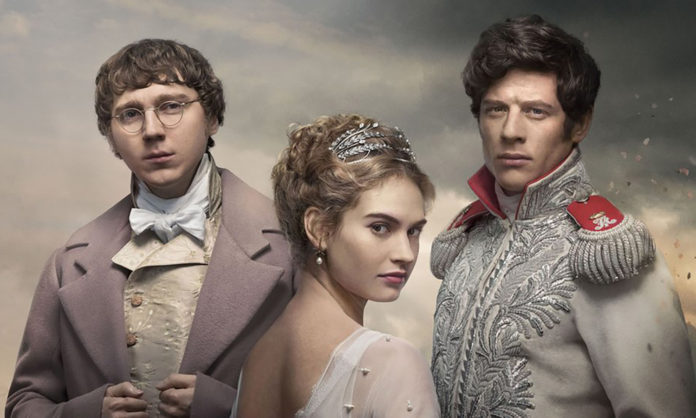Tolstoy’s War and Peace is one of the great classics of literature…that a lot of writers have never read. (Ed. note: Me too.). But in a long and super-helpful post on Lit Hub, writer Yiyun Li gives you reason to change this situation as he examines 10 narrative decisions Tolstoy made when writing his masterpiece and why those decisions made the book great. All of Li’s observations are worth reading, but here are three we think most worth repeating:
- Gestures are performative. Tolstoy doesn’t fall back on cliched handwringing and hair twirling to show character. In War and Peace, the characters are most animated when they have an audience, whether it’s Napoleon giving orders to his subordinates or a Russian diplomat making a show of gazing at the world through his opera glasses.
- Sometimes the most surprising character turns are also the most inevitable. “I’ve heard writers say that characters have to surprise the authors before they surprise the readers,” Li writes. “But I like another possibility, when the characters surprise themselves because they are who they are, not who they wish to be—in that way they surprise the readers with inevitability.” In War and Peace, Tolstoy shows a young army officer acting foolishly on the battlefield, forgetting his training when confronted by the enemy. He is who he is, not who he wishes to be.
- Actions and events sometimes are their own contrasts. In the peaceful sections of he novel, Tolstoy places his political characters in social combat, each trying to gain the upper hand. And yet during the war scenes, the military characters often act petty, as though the stakes on the battlefield were no higher than those of the drawing room.












